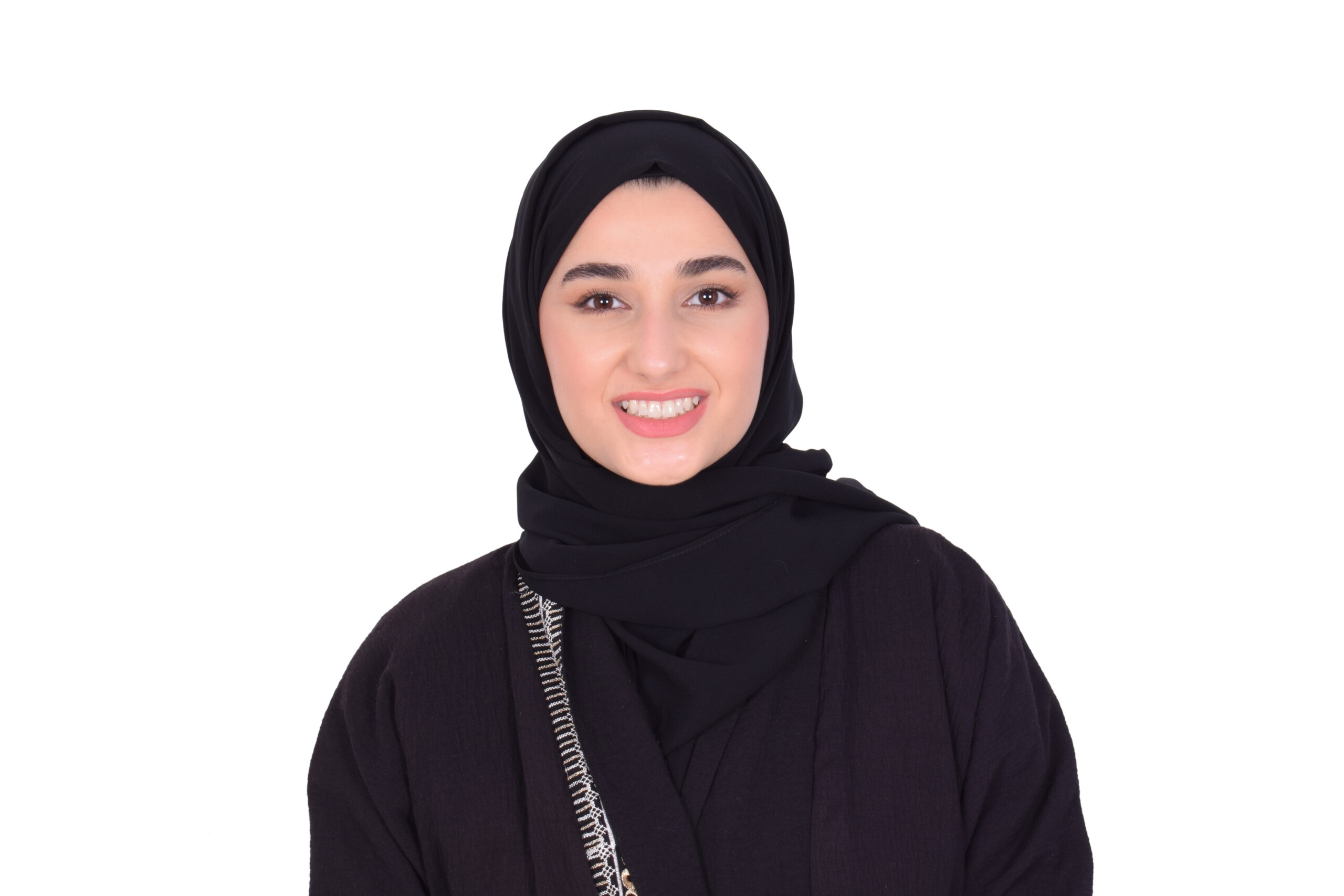Ahmed, A.Q. and Fethi, I., 2020. The effects of modern architecture on the evolution of mosques in Sulaymaniyah. Architecture Journal, MDPI. Available at: https://www.mdpi.com/3050898 [Accessed 28 Jun. 2025].
Alnajjar, A. and Erdil Dinçel, T., 2024. The transformation of mosque architecture from tradition to modernity. Journal of Spatial Studies. Available at: https://dergipark.org.tr/en/pub/jos/issue/87508/1505347#article_cite [Accessed 28 Jun. 2025].
Çetinkaya, M. and Efeoğlu, N., 2024. Mosque and society: Cambridge Central Mosque “A British Mosque for the 21st Century”. Gaziantep University Journal of Social Sciences. Available at: https://dergipark.org.tr/en/pub/jss/issue/86403/1385973 [Accessed 28 Jun. 2025].
Mat Sobri, M.I., Ismail, S., Sabil, A., Yusof, H., Asif, N. and Setiyowati, E., 2021. Systematic review of sustainable design approach for mosque. Journal of Islamic Architecture, 6(4). Available at: https://www.researchgate.net/publication/357334891 [Accessed 28 Jun. 2025].
Esfahani, B.A., 2015. Comparative study between traditional and contemporary Islamic mosques architecture. Master’s thesis. Eastern Mediterranean University. Available at: http://hdl.handle.net/11129/4089 [Accessed 28 Jun. 2025].
Baharudin, N.A. and Ismail, A.S., 2014. Communal mosques: Design functionality towards the development of sustainability for community. Procedia - Social and Behavioral Sciences, 153, pp.106–120. Available at: https://www.researchgate.net/publication/285815372 [Accessed 28 Jun. 2025].
Tantawy, D. and Khamis, N., 2021. Spiritual values between theological symbolism and design globalization in contemporary mosque architecture. Journal of Architecture and Arts and Human Sciences. Available at: https://www.researchgate.net/publication/351160083 [Accessed 28 Jun. 2025].
Al-Hagla, K.S. and El-Shafie, M.S., 2024. Patterns in the spatial configuration of Sultani mosques: Hierarchy, centrality, and socio-spatial logic. Journal of Islamic Architecture. Available at: https://rdcu.be/etUjN [Accessed 28 Jun. 2025].
Mannan, A., Harisah, A., Wikantari, R. and Sir, M.M., 2024. Architectural sustainability of an Achmad Noe’man’s mosque design. [Journal name pending]. Available at: https://j-innovative.org/index.php/Innovative/article/download/17071/11405/29333 [Accessed 28 Jun. 2025].
Cambridge Central Mosque, 2019. Cambridge Mosque Press Pack – A British Mosque for the 21st Century. [PDF] Available at: https://cambridgecentralmosque.org/wp-content/uploads/2019/04/Cambridge-Mosque-Press-Pack-v1.pdf [Accessed 28 Jun. 2025].

